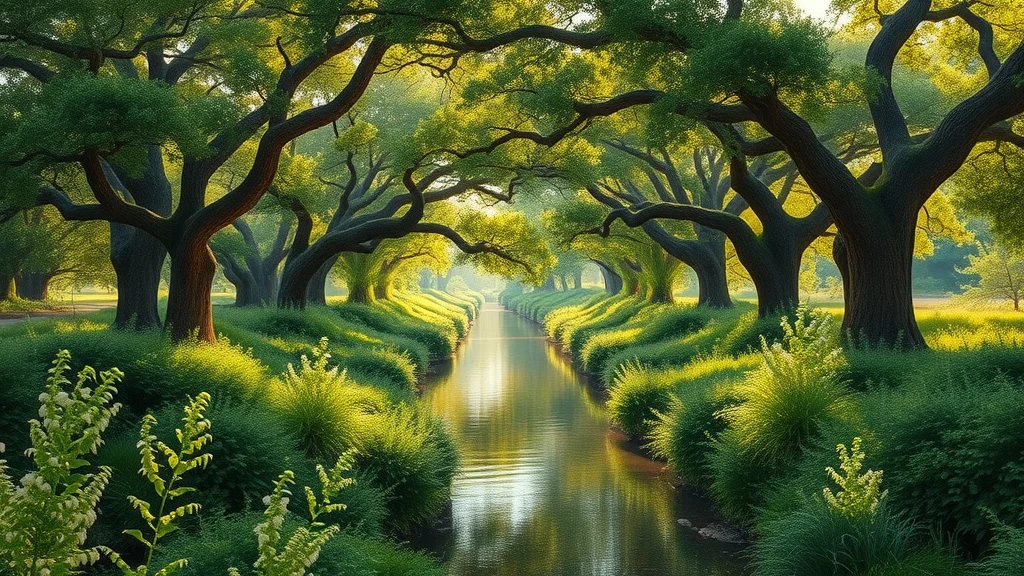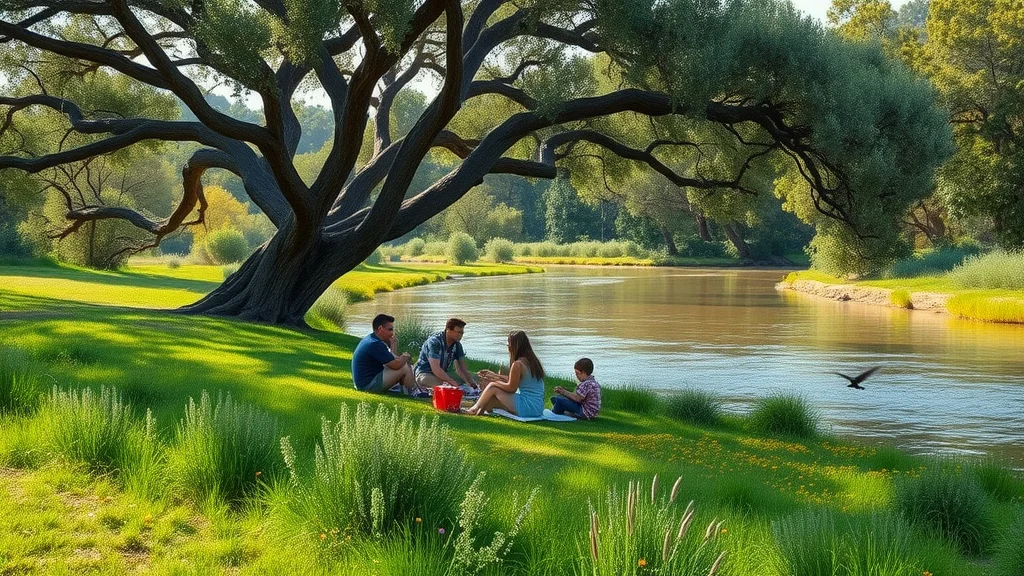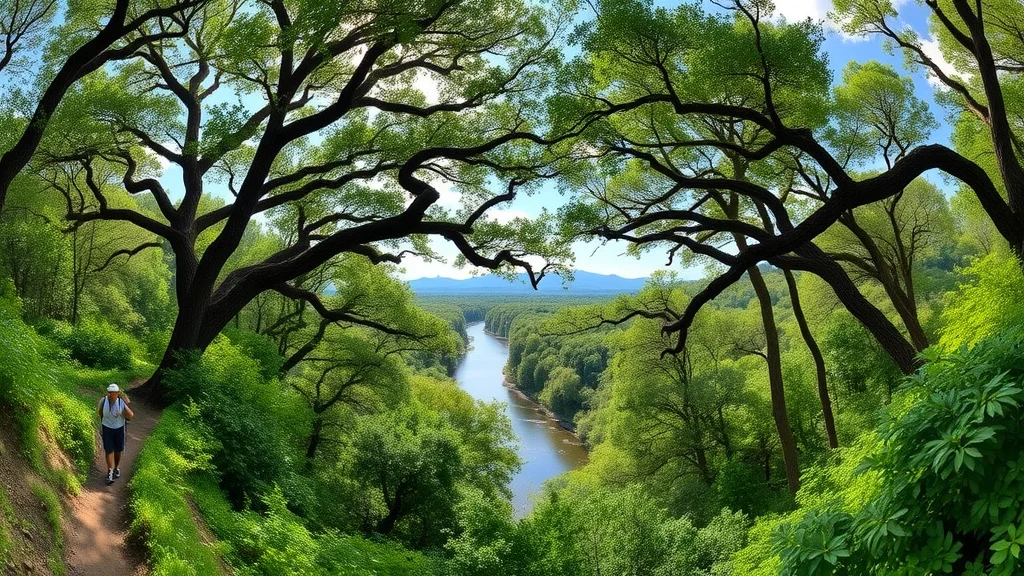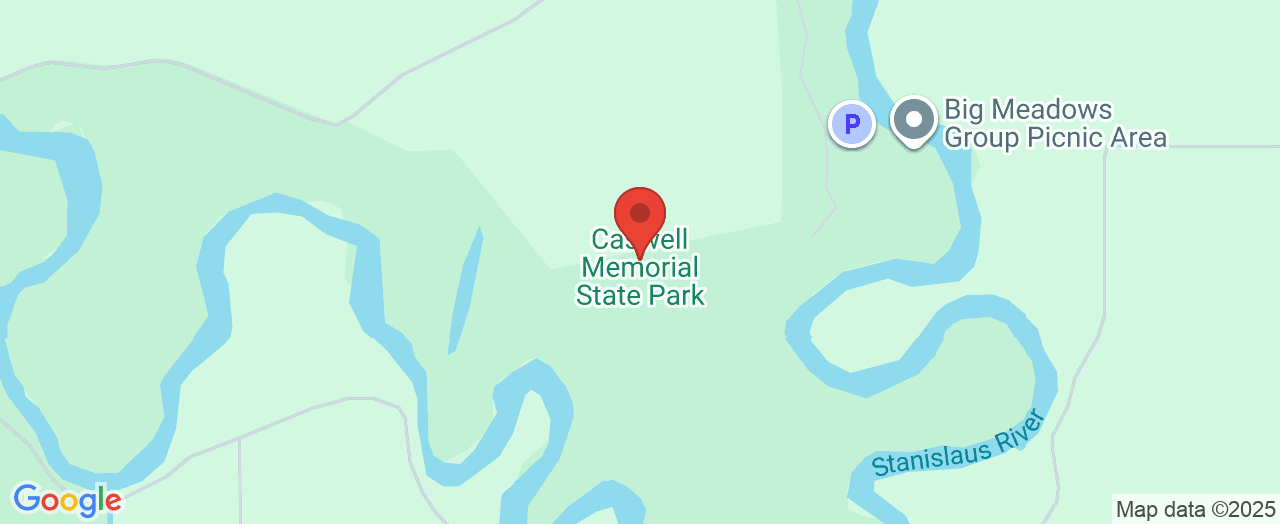The Overlooked Importance of California’s Riparian Oak Woodland
Imagine a place where shady trees line a gently flowing river, birds sing overhead, and the air feels cooler even on a hot summer day. This sheltering, vibrant landscape is known as riparian oak woodland—a natural resource often passed by, yet critical to California’s ecological health. While millions flock to the state’s famous forests and beaches, few realize how riparian oak woodlands quietly shape the survival of countless species and provide refuge for people seeking nature’s calm. If you’ve ever strolled alongside a riverbank shaded by mighty oaks or watched wildlife dart through tangled roots and fallen leaves, you’ve experienced part of this living tapestry—one that is quickly vanishing in many corners of California.
The significance of riparian oak woodland stretches far beyond its tranquil beauty. These habitats form the interface between land and water, acting as natural filters for rivers and as lifelines in drought-prone landscapes. They harbor rare plants, shelter mammals and birds, and buffer communities from extreme weather events. Yet, as urban growth edges ever closer to waterways and climate events intensify, riparian woodlands face mounting threats. Many Californians know about redwoods and sequoias, but understanding the hidden role of riparian oak woodland could change how we value, protect, and experience our most cherished state parks. The story of these woodlands is not just about trees, but about biodiversity, resilience, and the promise of outdoor recreation for all—now and into the future.

More Than Trees: Riparian Oak Woodland as California’s Unsung Ecosystem
At first glance, riparian oak woodland may appear to be a simple patch of trees flanking a river or stream. In reality, this ecosystem is among the most complex and productive in California. “Riparian” refers to the land immediately adjacent to rivers and creeks, and “oak woodland” describes forests dominated by various species of oak, intermingled with willows, cottonwoods, wildflowers, and grass. Together, they create a rich mosaic that supports an astonishing variety of life. As California’s rivers twist through valleys and plains, riparian oak woodlands form critical corridors for wildlife migration, spawning grounds for fish, and vital nesting sites for countless birds. These unique environments are essential for both aquatic and terrestrial species, linking water with land in ways no other habitat can match.
The value of riparian oak woodland extends right to our own backyards. These zones naturally stabilize riverbanks, reducing erosion and helping to filter pollutants before they reach waterways. They moderate local temperatures, provide habitat for pollinators and songbirds, and serve as greenways for hikers, families, and outdoor students eager to understand nature’s cycles firsthand. Without them, California would lose not only its biological diversity but also invaluable recreational opportunities and natural protection from flooding. Many park visitors are surprised by how much life and learning takes place where oaks meet the water—a testament to both the complexity and the fragility of these woodlands as they face shrinking acreage and environmental pressures.

Why Riparian Oak Woodland Helps Communities, Wildlife, and Recreation Thrive
Caswell Memorial State Park, as part of the California State Parks system, preserves riparian oak woodland not merely for scenery, but as an engine of biodiversity and a hub for meaningful outdoor activities. By protecting these rare habitats, parks foster the health and inspiration envisioned in their mission—creating a legacy for people and wildlife alike. Campers, hikers, and families frequenting these woodlands quickly discover how access to green, shaded river corridors encourages exploration and connection to California’s living heritage. The presence of riparian woodlands means visitors might spot everything from turtles basking on riverbanks to herons wading through cattails, enriching every outing with unexpected discoveries and quiet moments of reflection.
The practical benefits of riparian oak woodland stretch beyond nature appreciation. Their ability to enhance water quality, conserve soil, and provide cooling microclimates makes them especially valuable in drought and wildfire-prone areas, where resilient ecosystems are more important than ever. California State Parks’ dedication to resilience and sustainability—especially in the face of increased wildfires and climate change—means each protected acre of riparian woodland acts as both a buffer and a reservoir for the entire park and surrounding communities. Outdoor recreation is just one reward; sustaining bird populations, insect pollinators, and native flora ensures that future generations inherit spaces full of life and learning.

Importantly, keeping riparian oak woodland accessible matters for equity and health. California State Parks’ emphasis on increasing access and relevance means families from all walks of life can enjoy picnics under ancient oaks, nature walks along scenic riverbanks, and the health benefits of time outdoors. These woodlands aren’t just landscapes—they are living classrooms and community spaces, fostering wellness, engagement, and stewardship for all who visit.
Seasons of Change: The Resilience and Challenges of California’s Riparian Woodlands
The story of riparian oak woodlands is one of resilience shaped by adversity. For thousands of years, these forests have witnessed floods, droughts, and wildfires—and adapted in remarkable ways. Oaks sink deep roots to weather seasonal drought, while understory plants flourish in dappled sunlight once spring rains revive the riverbanks. Wildlife has evolved alongside, from resident turtles and waterfowl to migratory songbirds who rely on the woodlands for shelter and sustenance. Today, however, the pace of change accelerates due to human impact. Urban development, agricultural runoff, and shifting climate patterns threaten these habitats at a time when they matter more than ever.
California State Parks has responded with sustainable planning and a commitment to resilient solutions, recognizing that the challenges of fire, drought, and invasive species are long-term. Protecting these woodlands is not only about saving trees—it’s about preserving California’s heritage and defending the future of its water, wildlife, and communities. Through thoughtful stewardship, the parks help ensure that riparian woodlands remain vibrant and accessible, even as the landscape continues to change. This ever-evolving relationship between people and nature is key to the ongoing mission of education, health, and inspiration.

Green Gateways: Outdoor Recreation and Access for Diverse Communities
One of the notable efforts by California State Parks is a focus on increasing access and relevance for all Californians, ensuring that riparian oak woodland can be enjoyed and appreciated by everyone. At sites like Caswell Memorial State Park, this means well-maintained trails, accessible campgrounds, and opportunities for nature-based learning that reflect the state’s diversity. Picnic areas shaded by spreading oaks, fishing spots along winding rivers, and simple pleasures like wildlife watching or floating downstream make these woodlands a haven for relaxation and adventure. Programs such as park events and grants for local park development bring opportunities closer to communities who might not otherwise explore these natural treasures.
Connecting arts, culture, and environmental education is another avenue through which these woodlands inspire. Initiatives like the Arts in California Parks invite visitors to experience creative interpretations of nature, while technology such as the Virtual Adventurer App allows deeper engagement with California’s park heritage. By combining traditional and modern ways of learning, the parks ensure that the value of riparian oak woodland is understood both as a place to enjoy and a resource to protect.
Caswell Memorial State Park’s Approach: Preserving Diversity and Education in Riparian Oak Woodland
The California State Parks system—including Caswell Memorial State Park—embraces a philosophy of balancing protection, access, and inspiration. Central to its mission is the goal to safeguard biological diversity and provide high-quality outdoor recreation. In the context of riparian oak woodland, this means not only preserving the native plants and animals that make these areas unique but also giving people opportunities to benefit from their beauty and educational potential. The state’s anniversary celebrations and photo contests further emphasize pride in both natural and cultural resources, inviting everyone to engage with history and the environment in meaningful ways.
Planning for a changing landscape is woven into every aspect of the park’s management. The response to wildfires, climate impacts, and population growth is to create sustainable and resilient spaces—ones that can weather challenges while serving as sanctuaries for nature and people alike. Caswell Memorial State Park stands as an example: through inclusive programming, focused stewardship, and constant innovation, it embodies a future in which riparian oak woodland remains a source of health, wonder, and connection for generations to come.
What Visitors Experience: Real Voices on Camping and Enjoyment
Experiencing riparian oak woodland firsthand often leaves visitors with lasting memories—and powerful impressions of the value and tranquility these habitats provide. One reviewer recalls the sense of comfort and variety they found while exploring the park’s unique riverside woodlands and wildlife:
Camp grounds & day use areas are fantastic - wish there was more overflow parking for both the campground and day use areas; car fees are $10 dollars. Tent camping sites are 30 and include one vehicle . $10 for extra vehicle, two spaces.The river is wonderful!You may see cows, chickens, turtles, cranes, etc… along side the waterfront while you float.
When people take advantage of everything riparian oak woodlands have to offer—picnics under the trees, leisurely floats on the river, the simple thrill of spotting wildlife—these parks truly come alive. The positive experiences echoed by visitors reinforce the idea that caring for and understanding these special habitats leads to moments of joy, serenity, and engagement with the natural world. It’s a success story that anyone can become part of, simply by stepping into a riparian woodland and discovering its wonders for themselves.
Why Protecting Riparian Oak Woodland Shapes California’s Future
Riparian oak woodland may not always make headlines, but its role in protecting California’s biodiversity and supporting public health cannot be overstated. Land management decisions made today—especially those rooted in the expertise and stewardship seen in California State Parks—have a ripple effect that will be felt for decades. By prioritizing sustainability, access, and cultural heritage, Caswell Memorial State Park and the wider parks system showcase what’s possible when conservation, recreation, and education come together.
As the state faces new environmental challenges and opportunities, the continued protection of riparian oak woodlands will determine how successfully California fosters health, education, and inspiration for all. Exploring, respecting, and supporting these rare habitats are actions that promise healthy rivers, thriving wildlife, and countless chances for families to connect with nature. This is why riparian oak woodland deserves a central place in the story of California’s parks—and the future of its natural legacy.
Contact the Experts at Caswell Memorial State Park
If you’d like to learn more about how riparian oak woodland could benefit your outdoor experiences or educational goals, contact the team at Caswell Memorial State Park.
📍 Address: 28000 S Austin Rd, Ripon, CA 95366, USA
📞 Phone: +1 209-599-3810
🌐 Website: http://www.parks.ca.gov/
Caswell Memorial State Park Location and Availability
🕒 Hours of Operation:
📅 Monday: 8:00 AM – 6:00 PM
📅 Tuesday: 8:00 AM – 6:00 PM
📅 Wednesday: 8:00 AM – 6:00 PM
📅 Thursday: 8:00 AM – 6:00 PM
📅 Friday: 8:00 AM – 6:00 PM
📅 Saturday: 8:00 AM – 6:00 PM
📅 Sunday: 8:00 AM – 6:00 PM

 Add Row
Add Row  Add
Add 





Write A Comment